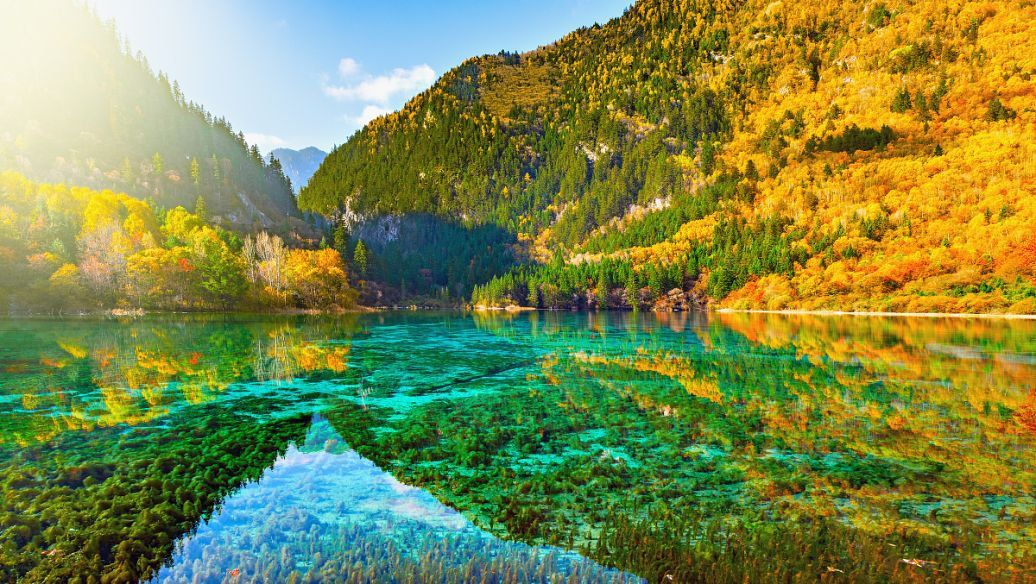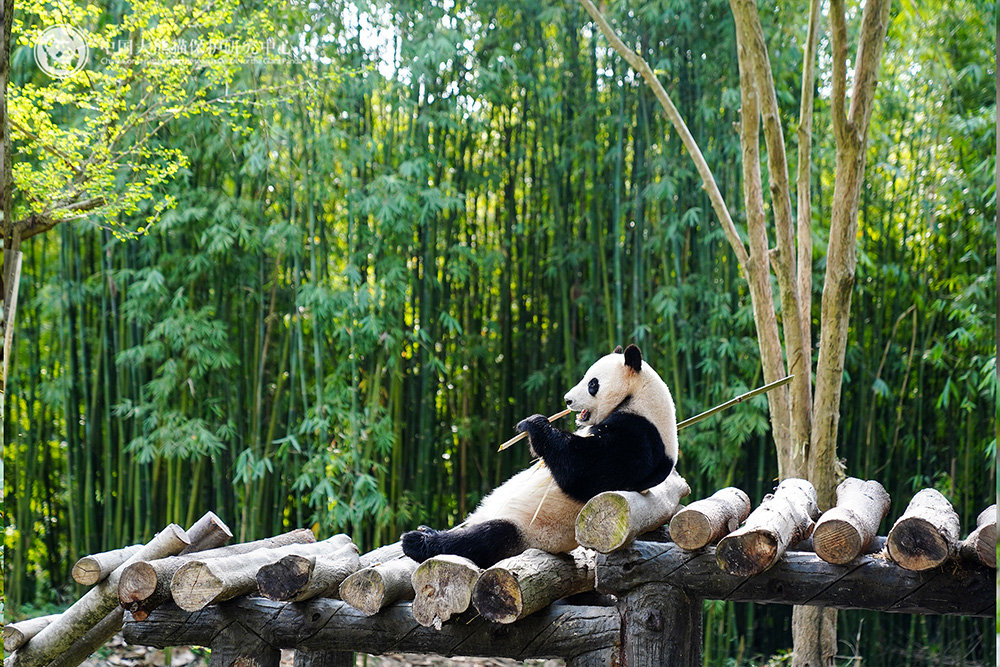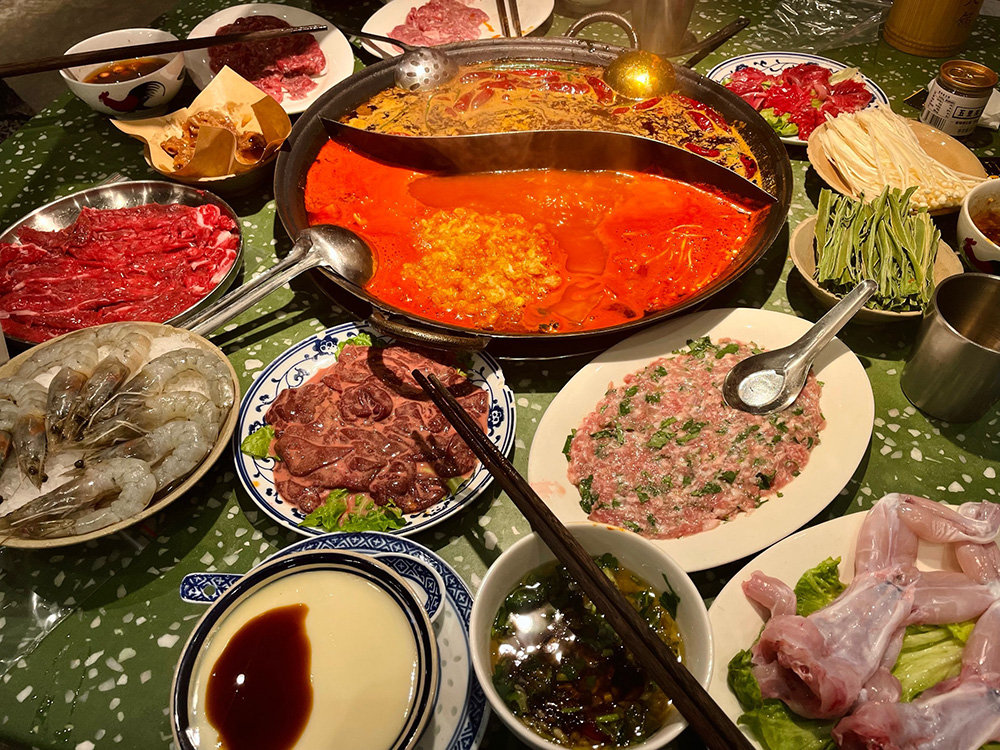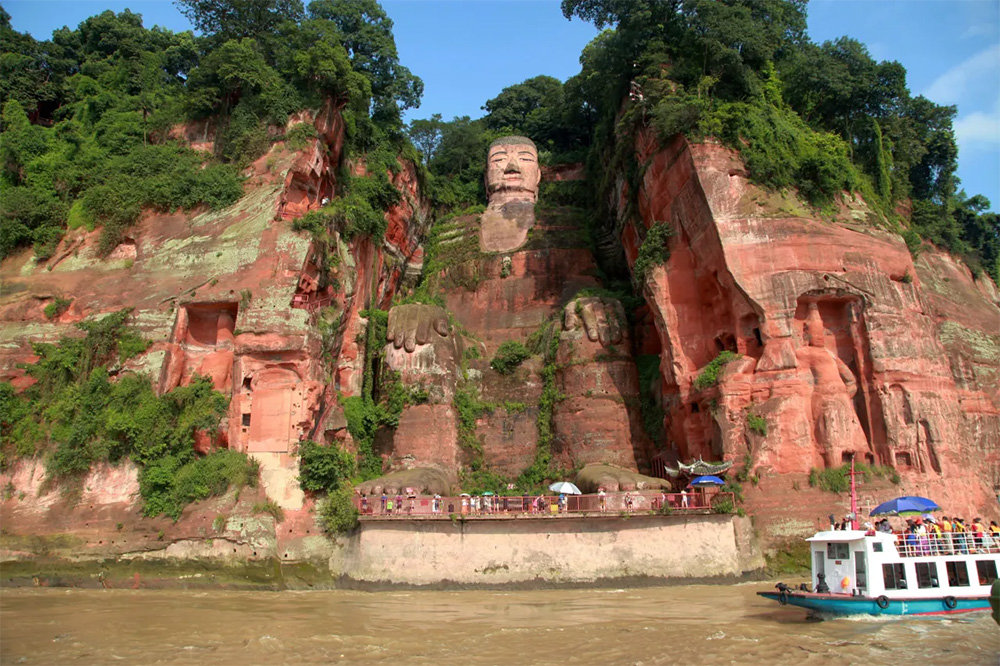Sichuan is like a storybook that refuses to close. Every page you flip reveals a new landscape, a new taste, a new cultural treasure. Nestled in the heart of China’s southwest, this province is famous for its breathtaking natural wonders, panda cuddly charm, and spicy culinary adventures. But that is just the beginning. From UNESCO World Heritage landscapes to centuries of Shu culture, Sichuan tourism invites travelers to wander slowly, sip tea, and listen to the whispers of mountains, rivers, and temples.
Natural Marvels: Earth’s Brightest Colors
Sichuan’s landscapes feel almost painted by a patient artist with a very large brush. The famous Jiuzhaigou Valley glitters with turquoise lakes and cascading waterfalls. In autumn, golden leaves frame the crystal waters, making it look like a dream world. Nearby, Huanglong Scenic Area winds through the mountains with pools as blue as gemstones, said to resemble a dragon’s scales from the sky.

For adventurers, Daocheng Yading is often called the “last pure land on Earth.” Snow peaks shine like silver crowns, meadows bloom with wildflowers, and pilgrims circle sacred mountains. If you wish for something wild yet accessible, Mount Siguniang, or the “Four Girls Mountain,” offers alpine peaks and hiking trails where yaks graze quietly under fluttering prayer flags.
Each site has become a keyword in global Sichuan travel searches: Jiuzhaigou tours, Huanglong hikes, Daocheng trekking, Siguniang climbing—these names sparkle on every wanderer’s wish list.
Panda Culture: The Black-and-White Ambassadors
It would be impossible to talk about Sichuan tourism without mentioning its most famous residents: giant pandas. The Chengdu Research Base of Giant Panda Breeding is where you can see these gentle creatures munching on bamboo, rolling in the grass, or snoozing like fluffy kings. Baby pandas, with their clumsy steps and curious eyes, often steal the spotlight.

But pandas are more than adorable animals; they are also cultural icons of Sichuan. Temples, murals, and even souvenirs are painted with panda motifs, reminding visitors that this land treasures harmony between humans and nature.
Culinary Heaven: The Spicy Rivers of Flavor
Sichuan is nicknamed a food paradise for good reason. Its cuisine dances between heat, fragrance, and tingling sensations that play tricks on the tongue. The world-famous Sichuan hotpot is like a bubbling red lake, filled with chili peppers, Sichuan peppercorns, and floating slices of beef, mushrooms, and tofu. Locals often joke that the best way to measure friendship is by sharing a pot of hot soup together.

Street food culture is equally irresistible. Try mapo tofu, silky bean curd bathed in spicy sauce; kung pao chicken, sweet and savory with peanuts; or dan dan noodles, topped with minced pork and chili oil. In every alley of Chengdu, you will find small shops offering skewers, buns, and dumplings that turn an ordinary walk into a flavorful adventure.
For many travelers, the search term “Sichuan food tour” is just as important as “Sichuan cultural tour.” After all, cuisine here is a language of its own.
Cultural Secrets: Where History Meets the Present
Sichuan is also a treasure chest of culture and spirituality. Rising above the clouds, Mount Emei has been a Buddhist pilgrimage site for centuries. Monks chant in temples while golden sunrise light covers the mountain peaks. Just nearby, the Leshan Giant Buddha, carved into a cliff, gazes calmly over the river, a stone guardian who has watched over travelers for more than a thousand years.

Farther north, in the highlands of Ganzi, the Larung Gar (Seda Wuming Buddhist Institute) looks like a sea of red houses scattered across the valley. Monks and nuns gather here to study and practice, creating a spiritual rhythm that visitors can quietly witness.
And then there is the mysterious Sanxingdui Museum, where bronze masks with wide eyes and gold crowns remind us of an ancient Shu civilization, a culture so unique that it rewrites the story of early China.
Cultural Essence: The Heartbeat of Shu Civilization
Sichuan is often described as the cradle of Shu culture, a civilization that cherished poetry, calligraphy, and art. Ancient poets like Du Fu once wandered Chengdu’s streets, composing verses under willow trees. Today, tea houses still carry that tradition. Locals sit with bamboo chairs, sipping green tea, chatting about life, and playing mahjong.
Ethnic minority traditions also bring color to the province. Tibetan communities in western Sichuan hold vibrant festivals with songs and dances, while Qiang villages showcase stone towers and handwoven crafts. Non-material cultural heritage in Sichuan includes face-changing Sichuan opera, folk embroidery, and bamboo weaving—all delicate threads in the tapestry of local life.
Food, art, and ritual create a cultural echo that visitors can feel deeply. Searching for “Sichuan intangible heritage tours” is becoming increasingly popular among cultural travelers.
Why Sichuan is an Endless Adventure
Sichuan tourism is not just about checking off famous landmarks. It is about walking slowly through Chengdu People’s Park, tasting spicy noodles at midnight, or watching a panda yawn under bamboo leaves. It is about climbing sacred peaks and then warming up with a bowl of hotpot. It is about discovering a mysterious bronze mask at Sanxingdui and then hearing a folk song in a Qiang village.
Travel to Sichuan means blending nature, food, culture, and spirituality in one gentle journey. Whether you are a foodie, a hiker, a historian, or simply a dreamer, Sichuan’s wonders are ready to welcome you like an old friend.
Contact us today to craft your dream China adventure!

